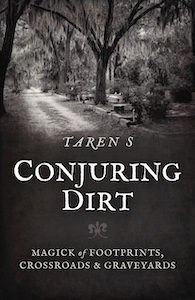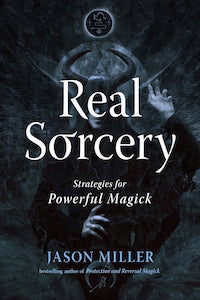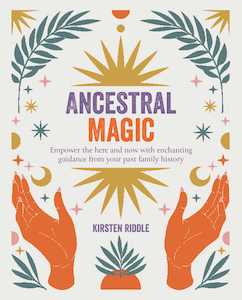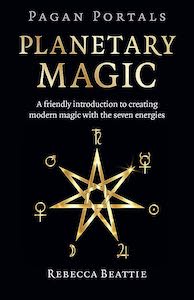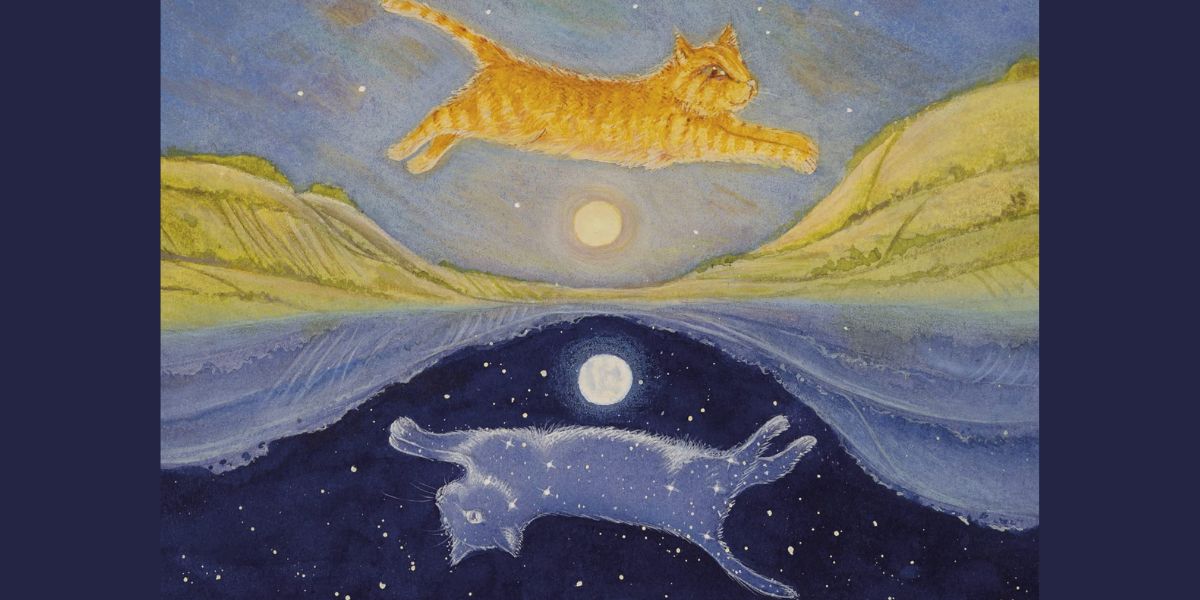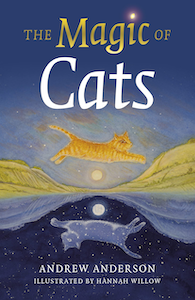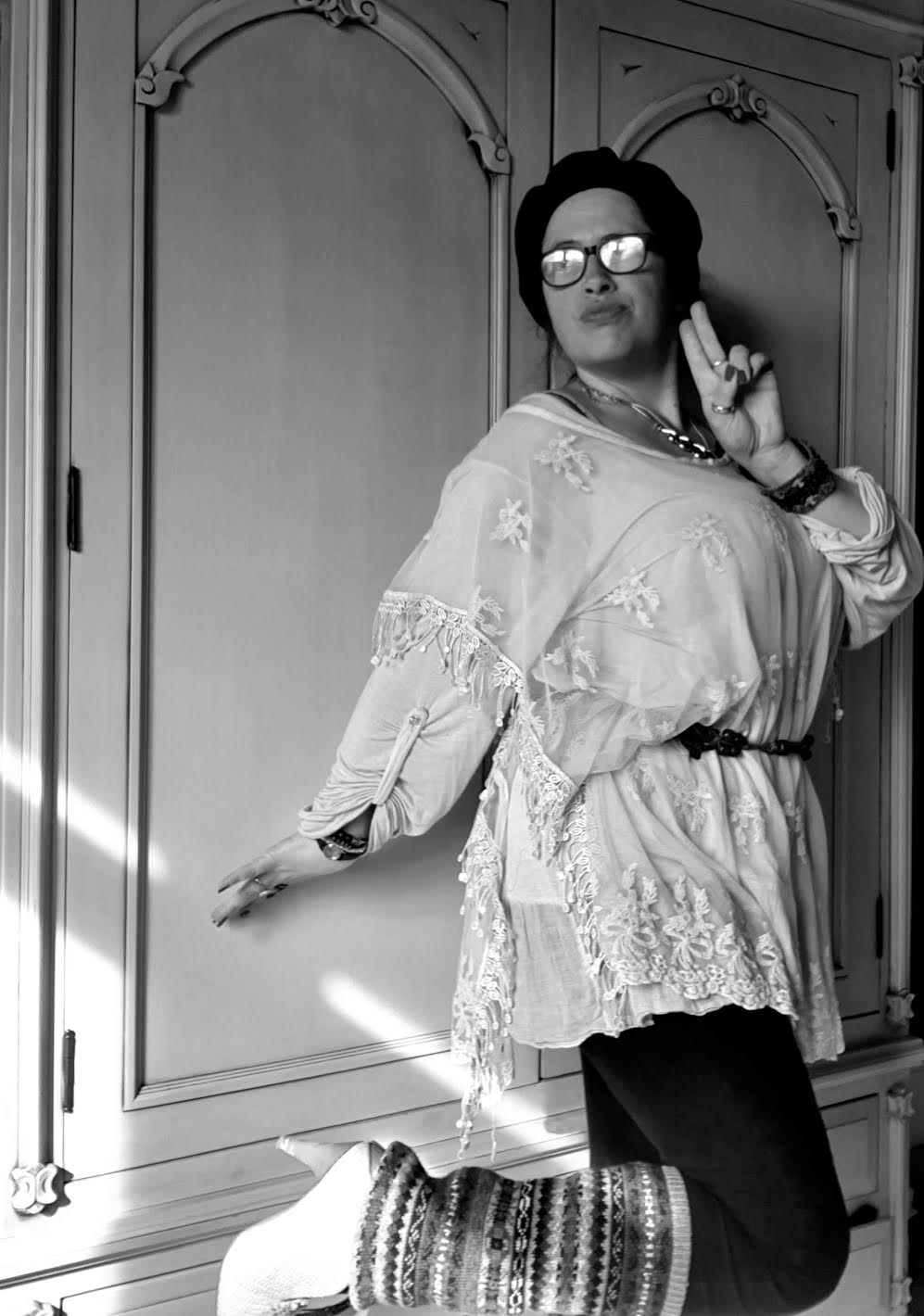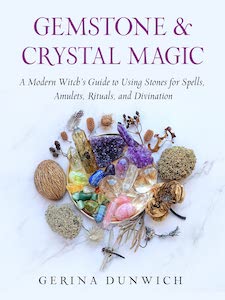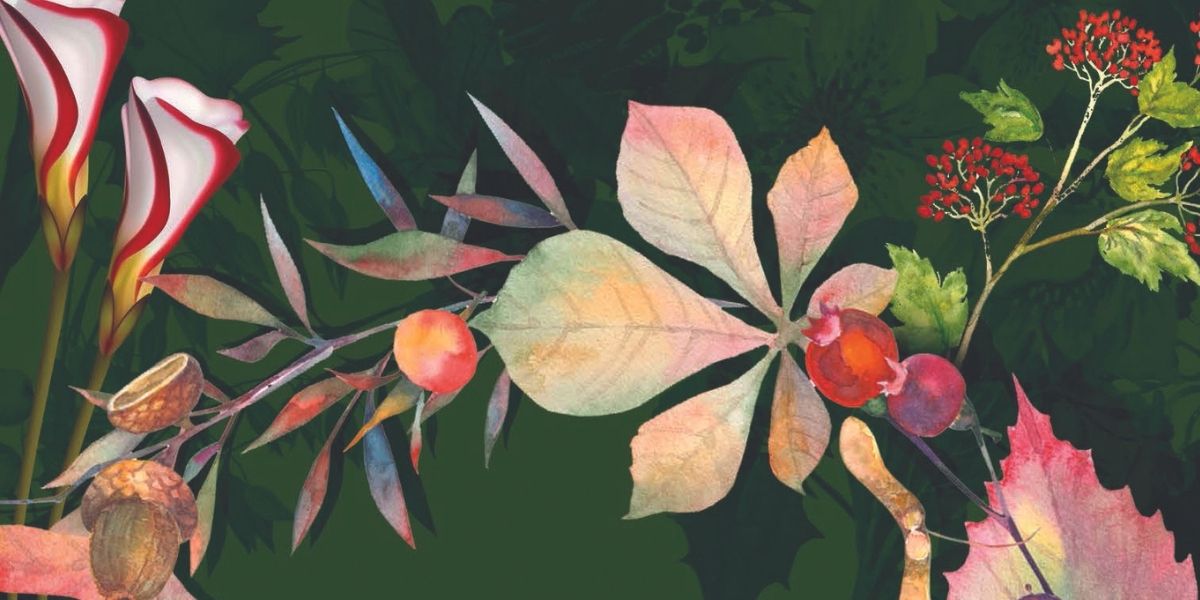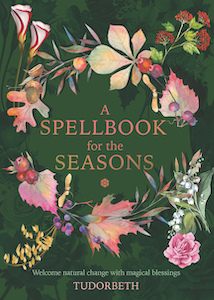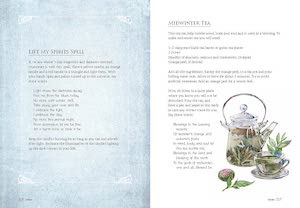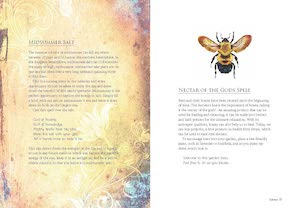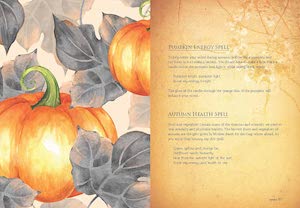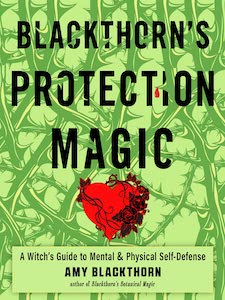
Witching Hour Oracle: Awaken Your Inner Magic, by Lorraine Anderson and illustrated by Olivia Bürki
Rockpool Publishing, 1922785008, 112 pages, 44 cards, October 2023
Spiritual transformation, especially through witchcraft, involves the shedding of old patterns and beliefs that no longer serve the individual and the embracing of new perspectives and ways of being. Lorraine Anderson perfectly encapsulated the steps in the process of metamorphosis in the Witching Hour Oracle: Awaken Your Inner Magic. Channeling the highs and lows of her own spiritual journey, this deck guides readers in tapping into their innate power and shifting from the inside out.
“Each card in this deck represents a step on the journey back to your truest self (Deep Being).”1
Anderson explains in the guidebook how this deck came to her “in a time of extreme transformation.”2 In the midst of things falling apart, her priorities were skewed, valuing material gain over spiritual practice and neglecting self-care. Finding herself at a low point, Anderson decided to dismantle what was no longer working and face her shadow head-on. From her journey of being spiritual led through both lows and highs, she gleaned insight to share with others on their own path, finding joy and magic along the way.

This deck consists of forty-four cards that are filled with glistening and luminous energy brought to life through the illustrations of Olivia Bürki. Nearly every card features the twinkling shine of magic, highlighting the invisible undercurrent constantly flowing around us. There’s a darker tone to the cards, yet there’s still plenty of vibrant colors that awaken the spirit within the imagery, prompting revelation for the readers as they gaze at the messages coming through. Bürki’s illustrations are truly magical, offering visual portals through the imagery of this deck.
While these cards can absolutely be intuitively read using the card’s name, imagery, and the word or sentence at the bottom, the guidebook adds interesting depth. Anderson provides guidance on how to read with companion cards. She describes how a card’s meaning changes depending on the other cards it’s pulled alongside. Using this concept, she has provided companion card descriptions for every card in the deck, which the reader can use to find further meaning in the cards they pulled.
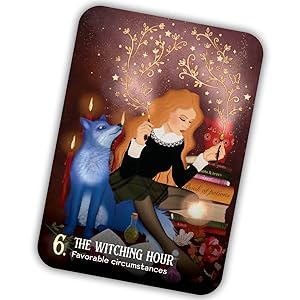
What I like most about the companion card system is how Anderson pairs a companion tarot card for each card in the deck. I normally wouldn’t think to pull both an oracle and tarot card together. Yet I enjoyed this method and felt that working with two decks in tandem added a new flavor to my readings. Also reading the tarot companion card for each card in the deck helped me understand its energy more too.
The entry for each card in the guidebook features keywords, the tarot companion, description of the card’s meaning, and further description of significant companion cards within the deck that may have appeared in the reader together.
As an example, the card I pulled today was Invocation. The keywords are “power of words; kindness matters; criticism”3 and the tarot companion is the Page of Swords. The card’s description talks about how our words have power and so critical thoughts can be harmful both to ourselves and others. This one hit home for me since my husband just pointed out how critical I had been recently, often aiming my sharp words at him to the detriment of the quality of our relationship. Ever since he mentioned this to me I’ve been trying to be more mindful of the way I share my thoughts, and Anderson’s words “with practice you’ll learn to choose love-filled communication and your entire vibration and and situation will shift”4 was quite reassuring.

While I read this card singularly, the companion cards are High Priestess and Salt. Looking for further guidance on how I might better communicate with my husband, I went on to read each one of these cards in the guidebook too. And for those like myself who need some ideas when it comes to doing spreads, Anderson provides a ton to choose from! She provides spreads for getting to know the deck, a weekly self-care check in, discovering resources available to you, seeing the bigger picture, and more! I appreciate how these spreads are ones I can do regularly to stay attuned to my inner knowing.
Overall, Witching Hour Oracle is a wonderful deck for the witch interested in spiritual transformation, self-care, and deepening their connection to their intuition. Anderson has done a wonderful job of illuminating aspects of the spiritual path of the witch, including initiation and all the change that usually accompanies major leaps in spiritual and personal growth. I recommend this deck for everyone who walks the path of the witch, as we all need a little guidance sometimes, and the wisdom of this deck is one that has the power to usher in lasting manifestations and potent change.
Alanna Kali is an astrologer, numerologist, and pioneer spirit that loves to explore life through the lens of depth psychology. She has a passion for studying the humanities and social trends. Her academic work is centered upon reuniting body, mind, and spirit through eco-psychology. She loves reading, spending time in nature, and travel.


